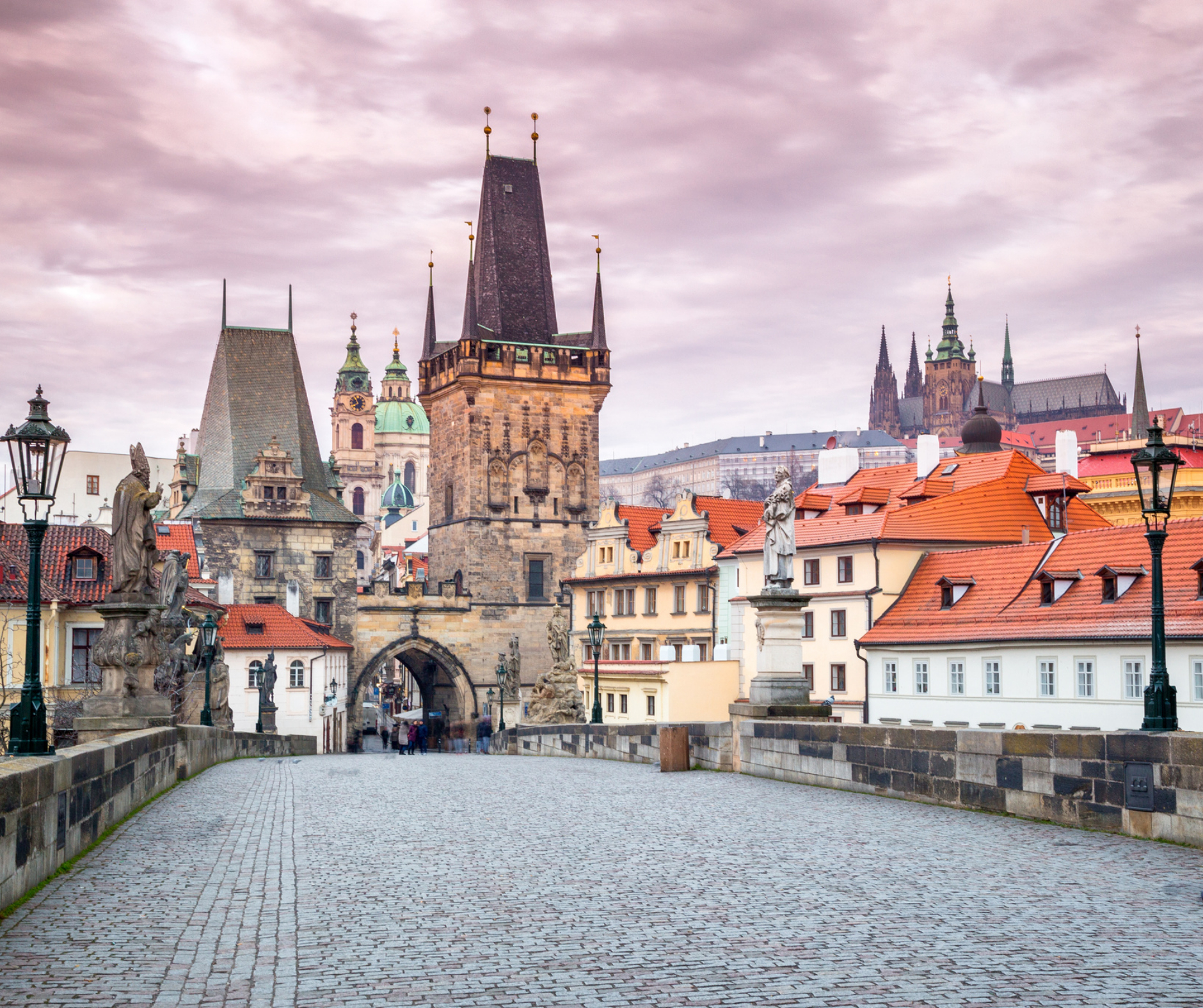Happy Feet is happy to introduce all traveler enthusiasts to the Czech Republic, a county located in Central Europe with unique cultural and architectural heritage along with stunning natural landscapes.
It comprises the historical provinces of Bohemia and Moravia along with the southern tip of Silesia. In 2016 the country adopted the name “Czechia” as a shortened, informal name for the Czech Republic.
Czechs make up roughly two-thirds of the population. The Moravians consider themselves to be a distinct group within this majority. A small Slovak minority remains from the Czechoslovakian federal period. An even smaller Polish population exists in northeastern Moravia, and some Germans still live in northwestern Bohemia. Roma (Gypsies) constitute a still smaller but distinct minority, having resisted assimilation for the most part.
Czech is the official state language and as a literary language dates to the late 13th century. The majority of the population speaks Czech as their first language. Czech and Slovak are mutually intelligible languages belonging to the West Slavic language group, which uses the Latin (Roman) rather than the Cyrillic alphabet. Among the other languages spoken by minorities in the Czech Republic are Romani, German, and Polish.
A region of rolling hills and mountains, Bohemia is dominated by the national capital, Prague. Set on the Vltava River, this picturesque city of bridges and spires is the unique work of generations of artists brought in by the rulers of Bohemia.

While Prague was the birthplace of the writer Franz Kafka and the poet Rainer Maria Rilke, Brno, Moravia’s largest city, was the site of Gregor Mendel’s groundbreaking genetic experiments in the 19th century and the birthplace of contemporary novelist Milan Kundera.
The greatest treasures of Prague are the 2,000 architectural and artistic monuments ranging in period from the Romanesque through the Gothic to the Baroque, Rococo, Classical, and Neoclassical. The most notable Romanesque monument is the 10th-century Church of St. George, behind the north wall of the Prague Castle. To the west is the Gothic St. Vitus’s Cathedral with the twin spires that dominate the city skyline.
From the surrounding hills, you can see many church towers make up a unique perspective, giving Prague its description as the “city of a hundred spires.” This architectural harmony was enhanced by post-1945 planning, which preserved the ancient core of the city as a major monument. In 1992 the historic city center was added to UNESCO’s World Heritage List.
Among the finest landmarks of Prague is the Charles Bridge, which stands across the Vltava River. The winding course of the Vltava, contrasts with the backdrop of the great castle of the Prague Castle, which is prominent in the left-bank. The narrow streets and little taverns and restaurants of the older quarters contrast with the broad sweep of Wenceslas Square.

This is one of the main city squares and the center of the business and cultural communities in the New Town of Prague, Czech Republic. This is the place where many historical events, celebrations, and other public gatherings took place. It is also the busiest pedestrian traffic in the whole country. The square is named after Saint Wenceslas, the patron saint of Bohemia.
We hope that through this post, you will be inspired to make a fun and amazing trip to the Czech Republic with AV Travel! https://avtravel.com/tour/eastern-europe/

